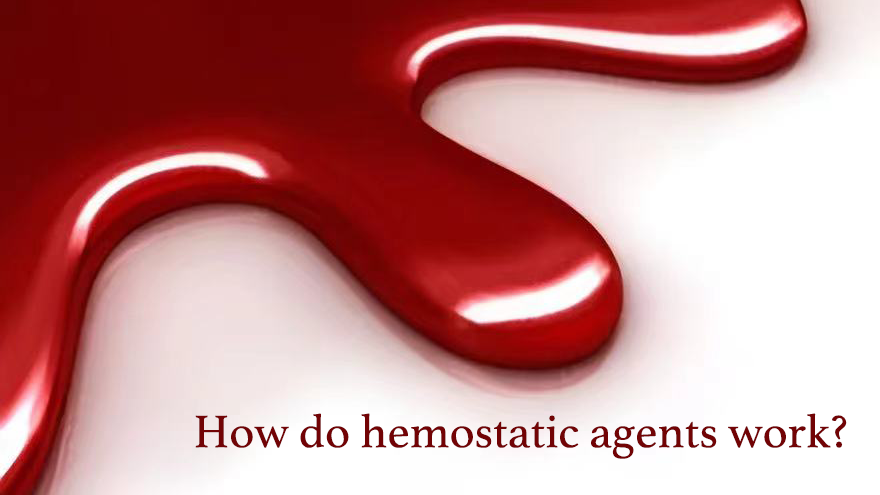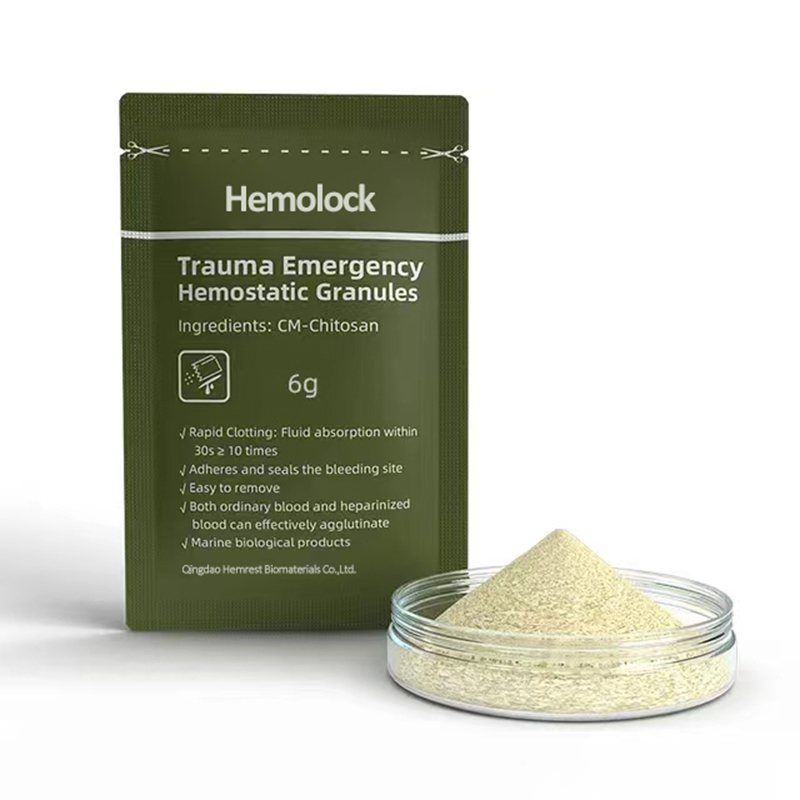
How do hemostatic agents work?
2023-08-04
Hemostatic agents are widely used medications in the medical and emergency fields to control bleeding and facilitate wound healing. These agents employ various effective mechanisms, which are explained as follows.
Firstly, one common mechanism of hemostatic agents is to expedite blood coagulation, thereby halting bleeding. When a wound occurs, platelets in the blood rapidly gather at the site and release a substance called platelet aggregation factor. These platelet aggregators stimulate the formation of a platelet clot, which covers the wound and forms a temporary thrombus, preventing further bleeding. Certain hemostatic agents can activate the release of platelet aggregation or enhance platelet activity, thereby accelerating platelet aggregation and thrombosis formation, leading to a hemostatic effect.
Secondly, another approach involves reducing bleeding by constricting blood vessels. When a wound occurs, blood vessels get damaged, resulting in relaxation of the vessel wall, increased blood flow, and a higher risk of bleeding. Some hemostatic agents can diminish blood flow by constricting blood vessels, thereby reducing the volume of bleeding. These agents typically contain vasoconstrictive drug ingredients like adrenaline or vasoconstriction, which directly act on the vascular wall, causing vasoconstriction and diminishing bleeding.
Furthermore, certain hemostatic agents function by promoting wound healing, thus stopping bleeding. Wound healing is a complex process involving multiple stages such as coagulation, cell proliferation, and repair. Some hemostatic agents supply essential nutrients and growth factors that facilitate cell proliferation and repair during wound healing. Ingredients like vitamin C, amino acids, and others that promote cell growth and repair are often present in these agents.
Lastly, a common mechanism of hemostatic agents is to prevent bleeding by enhancing the repair of vascular endothelial cells and improving the stability of vascular walls. Vascular endothelial cells are integral components of the vascular wall and play a crucial role in maintaining the normal function and structure of blood vessels. Certain hemostatic agents can enhance the function of vascular endothelial cells and repair damaged vascular walls. This leads to improved vascular stability, reduced vascular leakage and rupture, and ultimately prevents bleeding.
Trauma Emergency Hemostatic Granules is a CM-Chitosan hemostat designed to stop lethal bleeding fast. Compared to traditional chitosan hemostatics, CM-Chitosan offers significantly higher performance. The applicator package comes more handy when hemostatis is needed. It is a Sterile, Disposable, High-absorbent hemostatic granules intended to be used to temporary control of bleeding wounds, as below: arterial&venous bleeding, traffic accident injuries, blast injuries, punctures, stab wounds, cuts and lacerations.
Hemolock granules have dual function of blood clotting:
1. Hemolock contains abundant hydrophilic carboxymethyl, combined with high surface-area flakes that rapidly absorb fluid from blood.
2. Moreover, when directly placed into a bleeding wound and compressed, the positively charged Hemolock cross-links with negatively charged red blood cells, causing it to swell, gel, and adhere together to form a robust pseudo-clot. This adhesive-like action effectively seals the wound and rapidly controls bleeding. Additionally, the Hemolock clot adheres well to moist tissue, preventing it from easily dislodging during the movement of the wounded person and causing secondary harm.





